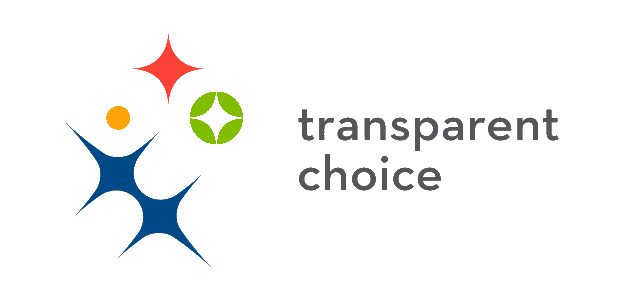
This is a repost of an article that originally appeared on Meisterplan.com in May 2018
Over the course of my career, I have been a project team member, a project manager, a PMO, and a senior manager. Name any one of those roles, and I can tell you what made that position painful. SPOILER: It had to do with projects.
But, I’m not really writing about projects today. I’m writing about people.
The people involved in projects – the people working on them, managing them, coordinating them, and deciding on them. And how we can all do better. How we can make plans that actually work.
I don’t care how projects, or work in general for that matter, gets done. I value people trying their best to make what they are doing a success.
There are many great methods and tools available that help you deliver a single project. And agile has been a game changer. But too many people are leaning on agile as an end-all be-all solution when, in fact, it’s only part of the answer.
The problem isn’t delivering a single project. While that’s not easy, we’ve become pretty good at it. It’s when there is more than 1 project to be worked on that everything typically falls to pieces.
Now is this only me? I wanted to find out. So my colleagues and I talked to over 1,000 professionals working in all kinds of industries and all kinds of roles. This applies to more than just people with the title Project Manager, or people who have a PMO position. If you’re involved in projects, managing projects, coordinating project portfolios, no matter what your title or position is, this is relevant.
Guess what. It’s not working for any of us.
I heard it over and over again: “Our plans just don’t work.”
Since we spend a good part of our lives at work, and we all want our lives to be good, we started envisioning how great life with projects could be for all of us. And making this vision a reality is what drives me every day.
Imagine if:
- Everyone in the company prioritizes customer value above everything else.
- Team members get credit and are appreciated for the insights they provide, not just the hours they put in. They feel that the projects they work on make a difference.
- Project managers get credit for delivering great projects, not reports. Being a PM is a reputable position, not simply a necessary steppingstone in one’s career. PMs can rely on the resources they were promised. And management trusts them to choose the best way forward for their projects.
- PMOs get credit for putting together a set of projects that brings the company forward, not for controlling budgets. They draw up an overall plan that can actually be achieved and are able to calmly react to changes in availabilities and priorities as they occur. They make sure PMs have everything they need to be successful. And they put senior management in a position to make decisions, with all relevant information at their fingertips.
- Senior management can focus on making the tough calls. And they can fast track issues while knowing exactly what the tradeoffs are.
Wouldn’t that be nice? What I just described can be reality with a method we call Lean PPM™ (giving credit to the inventors of dynamic processes). This is not just any method, but it is one that is easy to understand, learn and maintain. We used our own experience paired with feedback from 1,000+ professionals, and created version 1 of of the Lean PPM method. So far, it’s helped over 100 companies worldwide Make Plans That Work, so considering it’s only version 1, I feel we’re off to a good start.
Update 2023: PPM still doesn’t work – and it won’t unless it works for everyone.
PPM systems still fail. Management expectations around “more transparency”, “faster strategy execution” or “increased efficiency” remain unmet. It took ten interest rate hikes by the Federal Reserve and mass layoffs to end the “Great Resignation” in the US, where 50 million people quit their jobs citing pressures such as burnout or general job dissatisfaction.
I am still convinced that there is a better way to work together across the organization, especially when it comes to working together on joint initiatives.
The key lies in understanding that PPM systems are social systems with many stakeholders beyond executive management. Each stakeholder has personal cost/benefit considerations, every role needs to give – and be able to take.
As a result, PPM systems will finally produce the data needed to make meaningful decisions. AI won’t generate the data for you. Engaged employees will.
Join my session at this year’s IMPACT Summit where I’ll share our perspective on the different stakeholder groups, their expectations, and how to win them for your sustainable PPM system. So that as a PMO, you can reliably deliver on your promises.
















